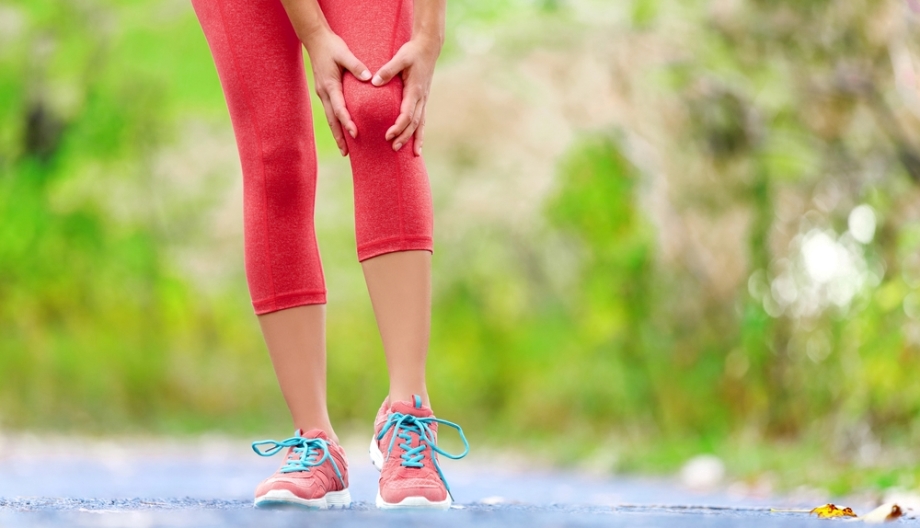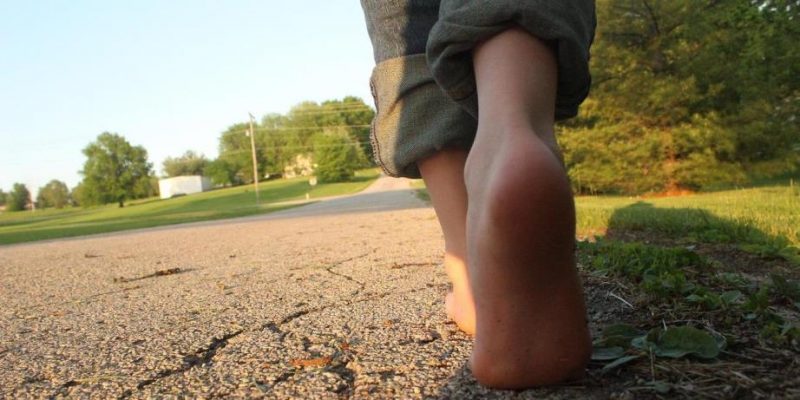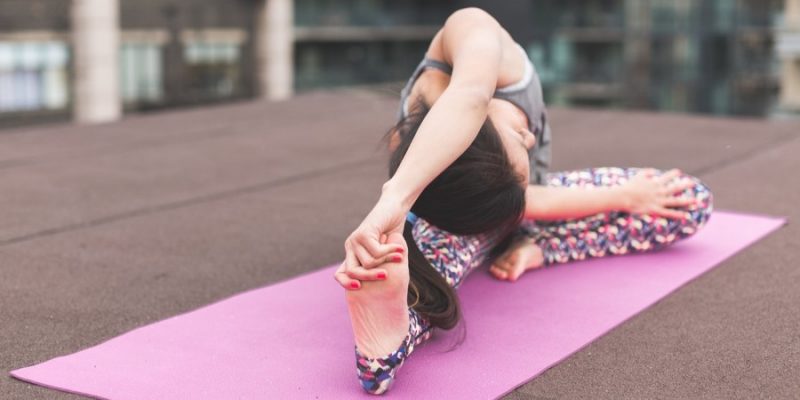
Running is an excellent way to stay fit, boost mental health, and enjoy the outdoors. If you’re a runner, you’re aware that pounding the pavement can be taxing on your body. However, it can also lead to injuries if not approached with care.
Sustaining an injury, like shin splints to a runner’s knee, can destabilize your training and set you back in your fitness routine. However, serious running-related injuries, some runners are never able to return to this healthy habit. If you speak to doctors and sports nutritionists, they will tell you that you need the proper running footwear and surface, and they are correct.
Whilst this is true, injuries from running can occur for a variety of reasons. Understandably, if you want to get into running, knowing how to prevent running-related injuries will be at the top of your list. Keep reading as we share tips on how to avoid injury during your daily workout and ensure nothing gets in your way when you hit the ground running.
Listen To Your Body
As obvious as it might sound, you know your body the best. You can tell when something is not right, and your body will tell you when it needs rest. Although, as an active runner, you might not like taking time off. However, your body does need time to rest and recover. On those days when you feel tired or not fully yourself, take it as a sign to rest.
Resting should be seen as a positive because it is good for your body. You can’t always put a strain on your body, so when it speaks, listen and take it slower that day or rest. Allowing time for your body to recover will help you continue your normal running routine much quicker and without longer gaps in between.
Trying Low-Impact Cycling
Are you new to running? If so, going hard and heavy on your first day is not the best route to take. Even if you are an experienced runner, but have taken some time off recently to recover from an injury or another reason, begin your running journey slowly. It’s a tale as old as time that runners, both experienced and new, will get back into running and push themselves too hard immediately. This can lead to you spending more time out of action, as you will have to recover from the new injury you sustained.
Instead, take it slow and consider a different form of exercise, such as cycling. Using a bike can have a very low impact on your joints, which makes it a worthy investment. Even better, look into ebikes. These are essentially the same as a regular bicycle, but you have added support with a motor, controller, and battery to give an extra boost. It’s particularly gentle on your knees, and you can ride for much longer.
The advantage? You won’t get exhausted as easily because your knees and hips are less stressed. Keep in mind that ebikes can be quite expensive, and because they are very much an asset, it is worthwhile to insure your ebike. If you want comprehensive ebike insurance, consider Velosurance. They cover a wide range of bike insurance packages, including crash damage, theft, and loss. Velosurance offers 24-hour emergency roadside assistance, so you know you will be safe if your bike breaks down.
The Power Of Warming Up
It doesn’t matter if you are gearing up for a run or preparing to take your ebike out for a spin; warming up is a must. Taking five minutes to stretch and warm up your muscles will help you to run or cycle at optimal efficiency. Your body can’t be expected to perform well if you have been sitting for too long and your legs are stiff!
A good warm-up should target all areas of your foot, ankle, and knee joints, as well as your hamstring and thighs. Don’t forget to include a cool-down for five minutes at the end of your run to let your heart rate slow down and your muscles cool. When stretching, you need to feel your muscles pull and tighten, and your warm-up should be a slow walk or jog.
Incorporating Recovery Practices
Along with cooling down, think about recovery practices. Recovery practices are an integral part of any training regimen. Foam rolling, massages, and using compression gear can help you alleviate muscle soreness and promote faster recovery. Foam rolling targets tight muscles and fascia, improving blood flow and flexibility. Massages, whether self-administered or professional, can help release muscle tension and enhance relaxation.
Using compression gear, such as socks or sleeves, can improve circulation and reduce swelling. Adequate sleep and relaxation techniques, such as mindfulness or meditation, support overall recovery by reducing stress and promoting muscle repair. Making recovery a priority ensures that your body is ready for the next run, preventing injuries and enhancing performance.
Using these simple steps to manage your running routine will be easy, but remember not to ignore any pain or distress your body feels. You can continue to get the same level of workout if you choose to make small changes for the betterment of your health.



















